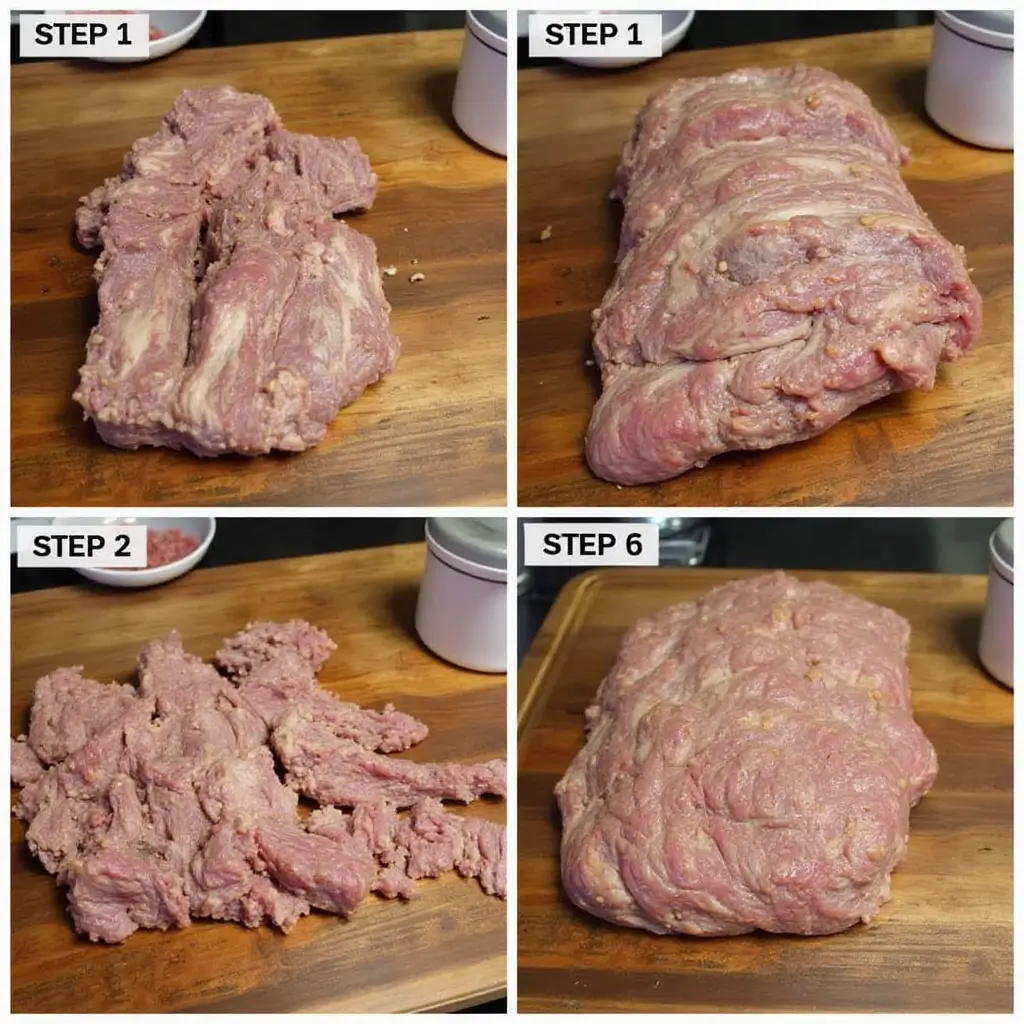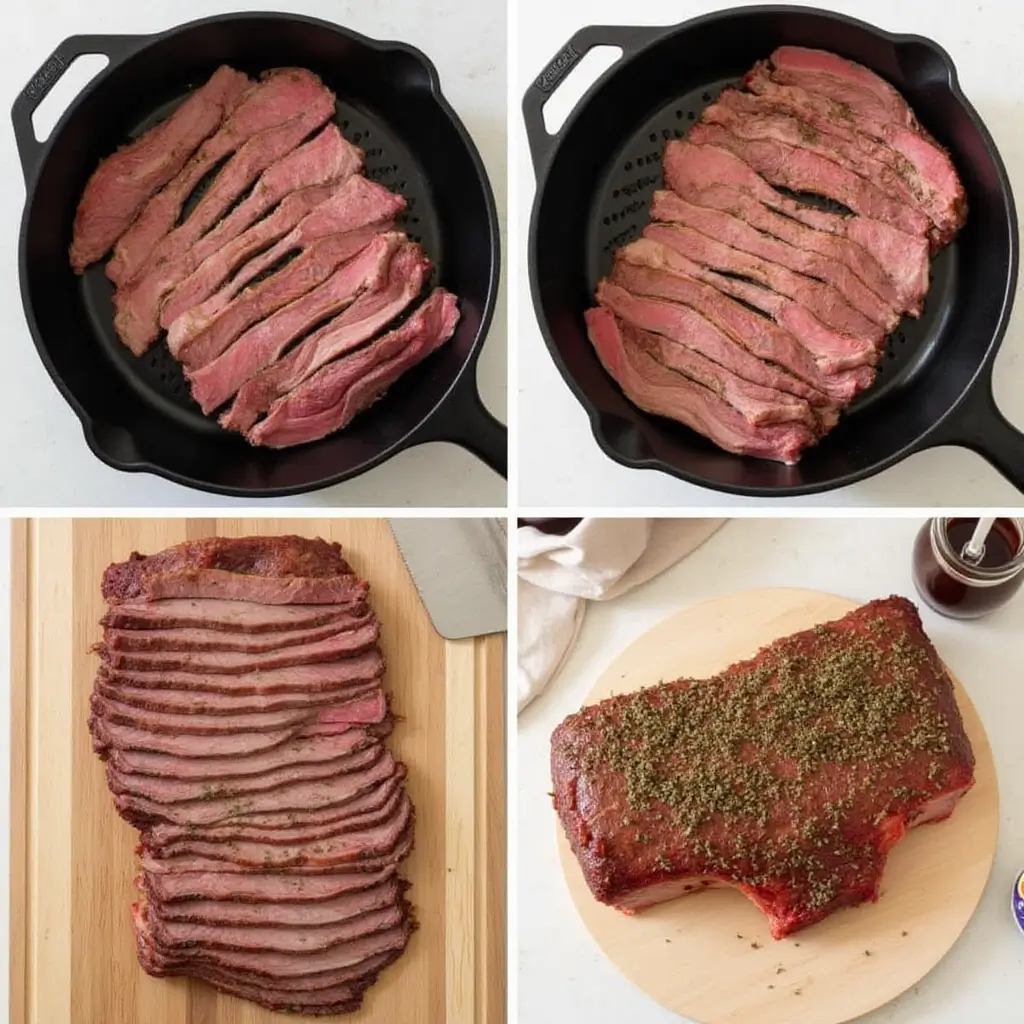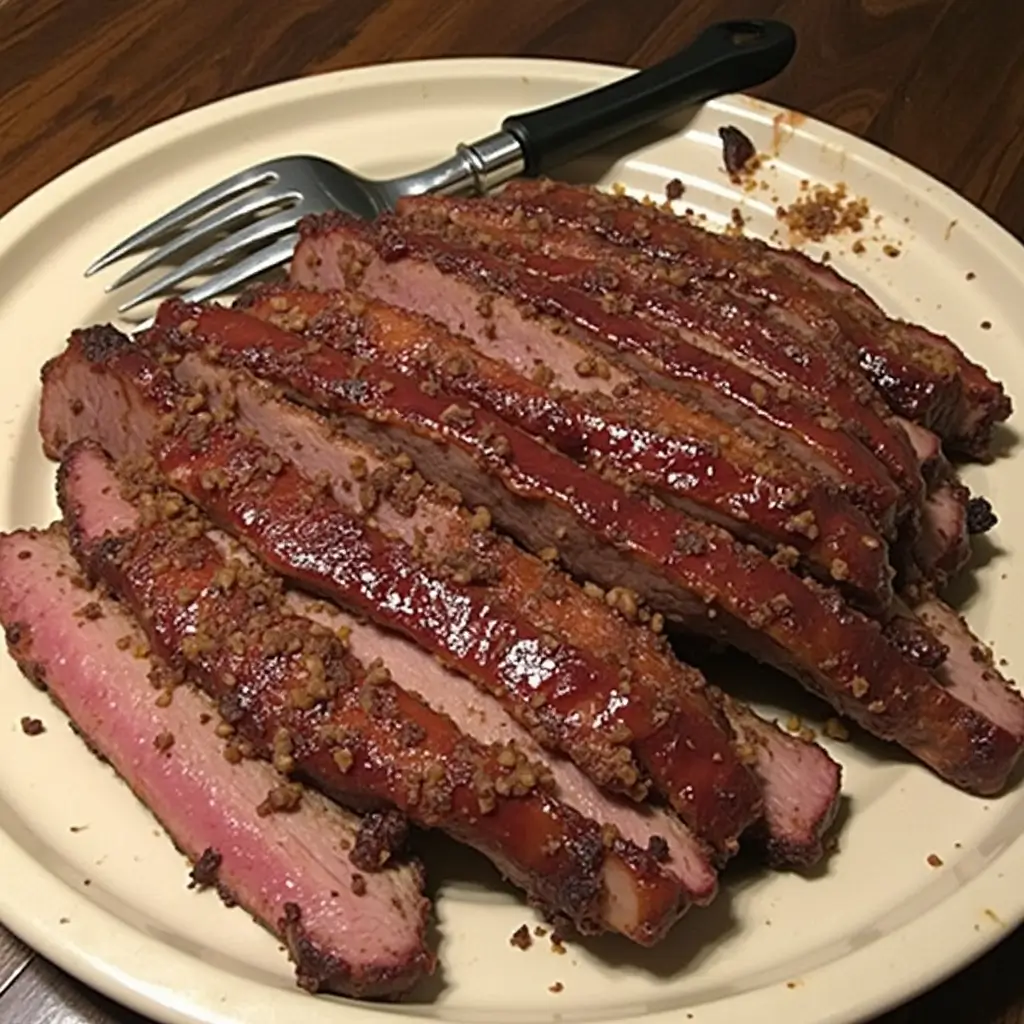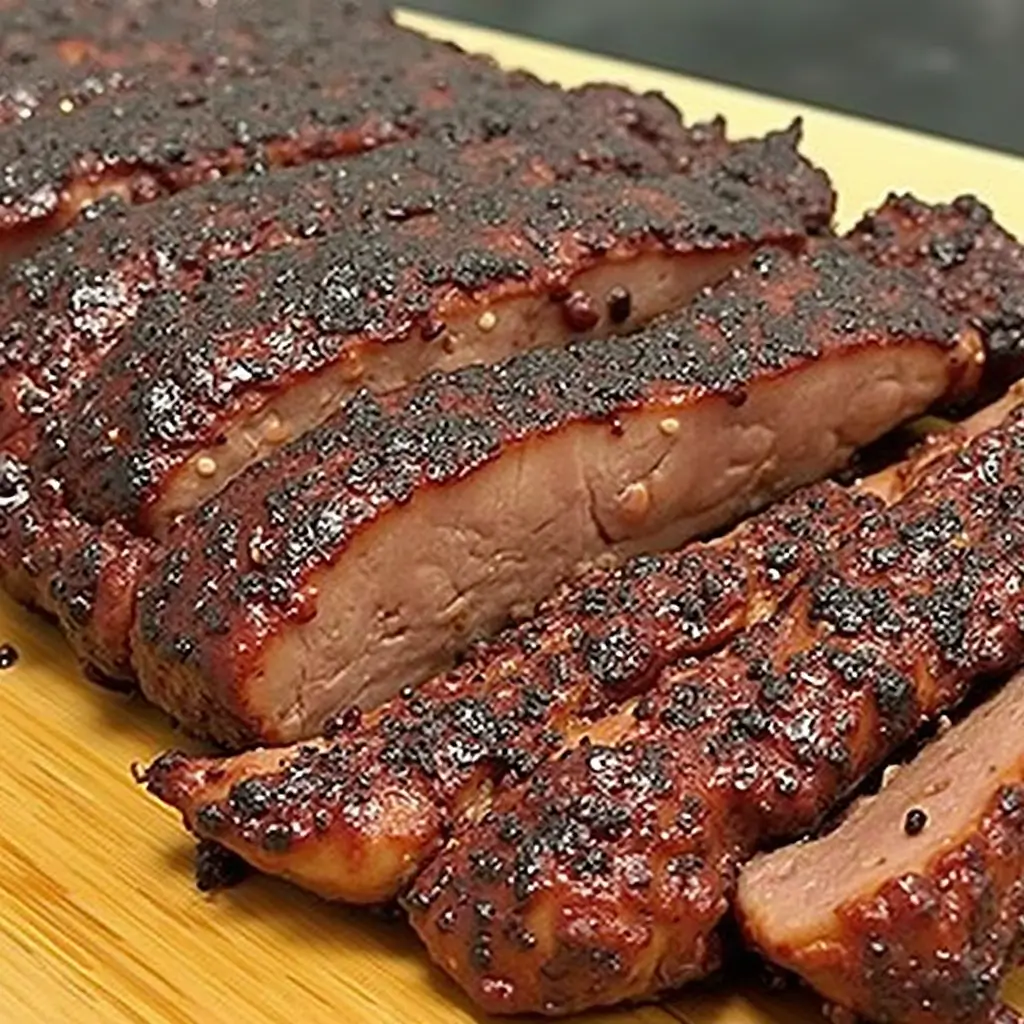how to smoke a briske There’s a reason why smoked brisket is often called the “Holy Grail” of American barbecue. When you bite into a perfectly smoked Texas brisket, you’re not just tasting meat – you’re experiencing a century-old tradition that’s been perfected through generations of pitmasters. That gorgeous smoke ring, the glistening bark, and meat so tender it practically melts on your tongue – these are the hallmarks of a perfectly executed Texas brisket.
The Legacy of Texas Smoked Brisket
In the heart of Central Texas, brisket isn’t just another cut of meat; it’s a cultural cornerstone that tells the story of German and Czech immigrants who transformed tough cuts of beef into something extraordinary. Today’s Texas brisket honors these roots through its purist approach: simple seasoning, clean smoke, and unwavering patience. This dedication to simplicity allows the true essence of the beef to shine through, creating what many consider the pinnacle of barbecue craftsmanship.
Essential Tools and Preparation
Before you embark on your brisket journey, gathering the right tools is crucial. Your arsenal should include:
A premium-quality meat thermometer with probe capabilities remains your most vital tool. Don’t skimp here – accurate temperature monitoring can make the difference between triumph and tragedy. Along with this, you’ll need:
- A sharp boning or chef’s knife for precise trimming
- A spacious cutting board that can accommodate a full packer brisket
- High-quality butcher paper or aluminum foil
- A reliable smoker (offset, drum, or pellet)
- Post oak wood (though hickory or mesquite can substitute)


Selecting Your Brisket
The foundation of great Texas brisket begins at the meat counter. Look for a whole packer brisket weighing between 12-15 pounds. The ideal piece should have:
- Consistent thickness throughout the flat
- A rich marbling pattern that promises flavor and moisture
- A pliable texture when bent (avoid overly stiff meat)
- A fat cap roughly 1/4 inch thick after trimming
Remember, USDA Choice grade is the minimum you should consider, though Prime will give you more forgiveness during the cook.https://tastenrecipes.com/crab-cakes-remoulade-sauce/
The Art of Trimming
Proper trimming is where good brisket becomes great. Start with a cold brisket – it’s easier to handle and slice. Here’s your trimming gameplan:
Begin by removing the silver skin on the flat. This tough membrane won’t render and blocks smoke penetration. Next, tackle the fat cap, leaving about 1/4 inch thickness. This remaining fat acts as a protective barrier during the long cook while basting the meat with flavor. smoke a briske
Shape matters – square off the edges to ensure even cooking. Round edges cook faster and often dry out before the center reaches perfection. Don’t discard those trimmings; render them down into tallow, which you’ll use later in the process.
The Seasoning Strategy
Texas brisket seasoning is beautifully simple: kosher salt and coarse black pepper in equal parts. This “dalmatian rub” is a signature of Central Texas BBQ. For a 12-15 pound brisket, you’ll need:
- 1/2 cup kosher salt
- 1/2 cup coarse black pepper
- Optional: 2 tablespoons garlic powder
Apply your rub generously – we’re not just seasoning; we’re creating a foundation for that coveted bark. Let the seasoned brisket rest in the refrigerator for 12-16 hours before smoking. This dry brining period enhances flavor penetration and moisture retention. smoke a briske
The Smoking Process
Your target smoking temperature is 250-265°F. This range provides the perfect balance between cooking efficiency and flavor development. Position your brisket according to your smoker’s heat flow – fat side toward the heat source acts as insulation.
The First Phase (0-6 hours)
During these crucial first hours, your brisket is absorbing smoke and beginning its transformation. Keep the smoker lid closed as much as possible, only opening to spritz with water or beef broth every 90 minutes if the surface looks dry.
Managing the Stall (6-10 hours)
The dreaded stall typically hits when your brisket reaches 165°F internal temperature. This is where many newcomers panic, but veterans know it’s all part of the process. When you hit the stallhttps://tastenrecipes.com/quick-easy-skillet-lasagna-45-minutes/
- Remove the brisket from the smoker
- Wrap it tightly in butcher paper soaked with the rendered tallow
- Return it to the smoker
- Continue cooking until it reaches 202-203°F


The Final Phase and Rest
Your brisket is done when a probe slides in with minimal resistance, typically around 202-203°F. The resting period is non-negotiable – a minimum of two hours in a cooler or warm oven allows the meat to relax and reabsorb its juices.
Slicing and Serving
The moment of truth arrives with the first slice. Remember:
- Cut against the grain for maximum tenderness
- Aim for pencil-thickness slices
- Separate the point from the flat before slicing
- Serve immediately while warm
Traditional accompaniments include
- Dill pickles
- Sweet onions
- White bread
- Simple sauce on the side (though many Texans consider sauce unnecessary)
Troubleshooting Common Issues
Even experienced pitmasters encounter challenges. Here are solutions to common problems: smoke a briske
- Dry brisket: Usually caused by cooking too hot or slicing too soon after cooking
- Tough meat: Often means the brisket hasn’t reached its target internal temperature
- Bitter bark: Can result from dirty smoke or too much mesquite wood
Final Thoughts
Mastering Texas smoked brisket is a journey that rewards patience and attention to detail. Each brisket teaches you something new, and even “failures” are usually still delicious. Remember, the key elements arehttps://tastenrecipes.com/quick-easy-skillet-lasagna-45-minutes/
- Quality meat selection
- Proper trimming
- Simple seasoning
- Temperature control
- Patience during the cook
- Adequate rest time
With these fundamentals and practice, you’ll be well on your way to creating brisket that honors the Texas tradition while developing your own signature touch.
Happy smoking!


